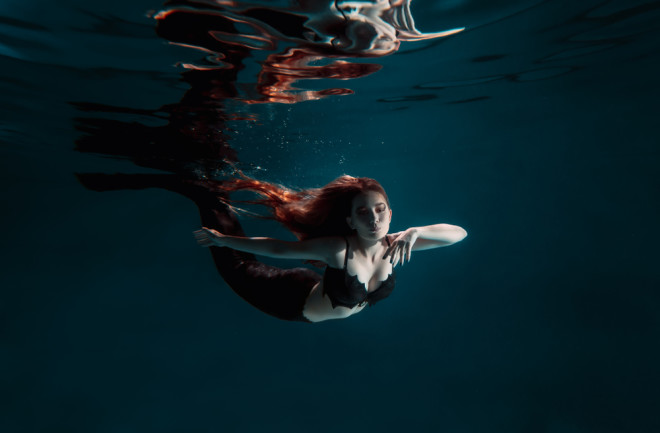Did you grow up reading fairy tales by Hans Christian Andersen or watching movies like Peter Pan, Pirates of the Caribbean, or Harry Potter? If so, you’re probably familiar with the legends of mermaids. Although there isn’t much evidence to support their existence, these legends can be found all around the world. Some people believe that mermaid legends were inspired by aquatic mammals such as manatees and dugongs. Christopher Columbus even mentioned that his crew had spotted “mermaids,” although they were described as ugly and more masculine than the mermaids in legends. However, a recent study published in the journal Marine Mammal Science suggests that the inspiration behind mermaid legends may come from a different marine mammal entirely.
The study suggests that a unique feeding strategy observed in humpback whales and Bryde’s whales may be responsible for the accounts of mermaid sightings. This feeding strategy, known as trap feeding or tread-water feeding, involves a whale treading water at the surface of the ocean with its jaws wide open, waiting for prey to enter its mouth before quickly closing its jaws and trapping the prey. Early explorers and anglers may have witnessed this behavior and exaggerated it, leading to the creation of mermaid and kraken legends.
What sets mermaids apart is that similar mermaid legends with half-human, half-fish creatures can be found in various ancient cultures worldwide. Merfolk are even mentioned in ancient Greek mythology, such as in The Odyssey. In most legends, the human half of the mermaid appears feminine and is often depicted as beautiful. Celtic mythology talks about creatures like the ceasg, which has the upper body of a woman and the tail of a salmon, and the selkie, seal-like creatures who can shed their skin and go on land. If someone possesses something belonging to these creatures, such as their seal skin, they can control them and keep them on land. Other European countries have their own mermaid legends, such as Melusine, a figure with the torso and head of a woman and the tail of a serpent, sometimes even two tails. In these legends, mermaids are often associated with singing, and their voices are said to lure people, particularly sailors, to their deaths. However, there are also instances, like the Sinjiki in South Korea, where mermaids use their voice to warn sailors of bad weather.
Although it’s likely that these mythical creatures were actually whales or manatees, it’s easy to understand how they could have been mistaken for something else. The stories told by sailors are often exaggerated, especially when it comes to encounters at sea. So, while we may now know the truth behind these legends, the allure and mystery of mermaids continue to captivate us.
